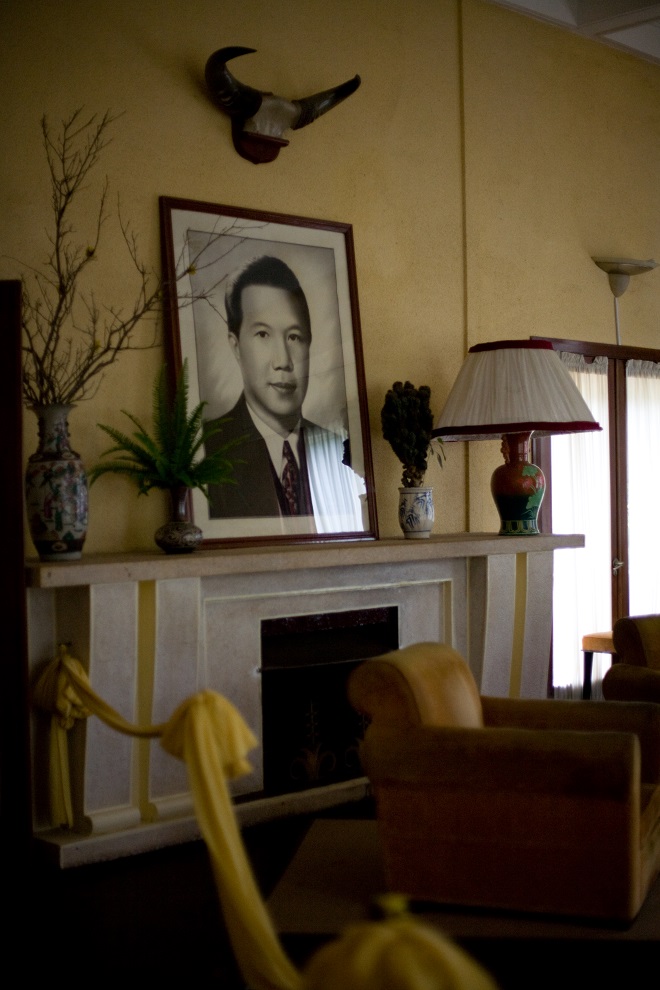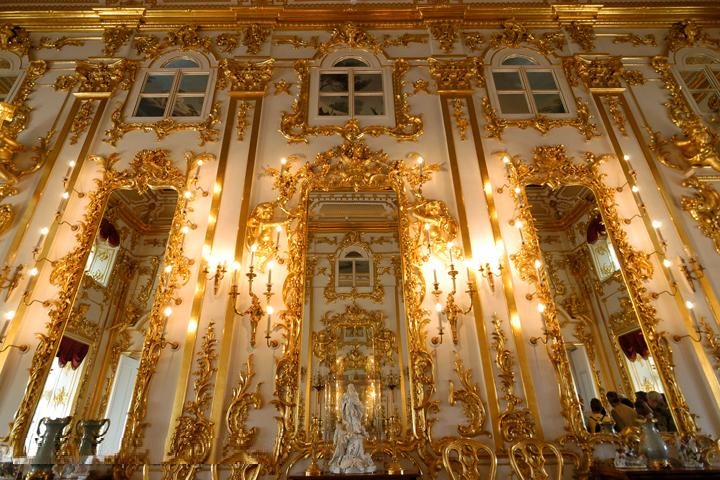Bao Dai Summer Palace
Da Lat, the city of love, not only attracts tourists because of its charming landscape, comfortable weather but also the number of French architectures, typically the antique villas. Located some 2.5 km south from the heart of the city, Bao Dai’s Summer Palace is a must-visit villa for almost all travelers. Da Lat, the city of love, not only attracts tourists because of its charming landscape, comfortable weather but also the number of French architectures, typically the antique villas. Bao Dai’s Summer Palace (also known as Palace 3 as there are 2 other palaces of Bao Dai in Dalat) is a must-visit villa for almost all travelers.
The palace was built from 1933 to 1937 under the dynasty of King Bao Dai, the last king of Vietnam feudal court. The palace was designed in the art deco style and lies in the middle of a pine forest near the Pasteur Institute. In the past, this villa was constructed as a retreating place King Bao Dai and his royal family to escape the summer heat but after 1950, when the French colonial came back to Vietnam, the palace occupied a role as the office and house of the king. Today, tourists can find it on Trieu Viet Vuong St.

Visiting this 2 stories structure, travelers will have a chance to discover the living of the royal family through 25 rooms and its amenities. The ground floor is the working place of the king. It consists of the office room, the guest room and the reception room. Upstairs is the living space of the king and his family. The bedroom of the king also has a gorgeous balcony called the watching moon balcony where the king and the queen could appreciate the moonlight. Each of the room reflects the characteristics and status of the owner: the eldest son's room is painted yellow and considered luxurious at that time, the Queen's room can be easily identified with her feminine touch.
Inside the palace, there are many valuable items still preserved in good condition. They include several sculptures of royal family, the life-size white bust of Bao Dai himself and a smaller gold and brown bust of his father Khai Dinh, picture of Angkor Wat given to King Bao Dai by King Sihanouk of Cambodia and an engraved glass map of Vietnam, to name a few.



































